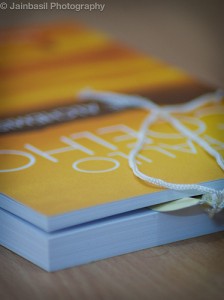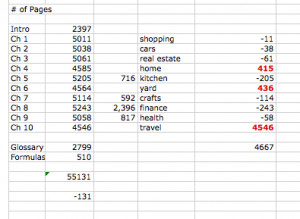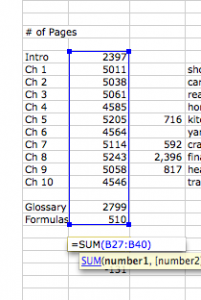Today, I welcome Annie Logue, a terrific writer who specializes in business and economics. When she offered to write a guest post about the difference between good and bad debt (with a particular emphasis on student loans), I jumped at the opportunity. We decided that she would write the first half, and I would do the math at the end. If you have questions, she’ll come back and chime in.
Economists recognize that debt can be good. It smoothes out consumption over a lifecycle, they say; if most people had to save up enough money to buy a house, for example, they would never be able to do it. By taking on mortgage payments while they are working, people can buy a house, live in it, and then pay it off before retirement so that they can live rent-free then. By taking on debt, people have the use of a house while they are paying for it and after it is paid for.
Good debt, then, lets you enjoy the benefits of something before, during, and after the time that you pay for it. It gives you a long-term economic benefit, such as a place to live for the rest of your life.
By contrast, if you run up your credit card to buy a new outfit for a fancy party that you only wear two or three times, and then make the minimum payment on your card, you have bad debt. You took on debt for something that you could enjoy for only a short time – not during or after the years it takes to pay it off. The faster you pay this off, the better!
Student loan debt is usually thought of as good debt: you borrow money to get an education, which is a good thing, and it increases your lifetime earnings power. You can enjoy real personal and economic benefits before, during, and after you pay the debt off.
However, with the rising price of college, the shift in funding toward student loans, and the ongoing recession, many people are asking if college is still enough of a benefit to make the debt worthwhile.
The short answer is yes; the long answer is yes, but.
Georgetown University’s Center on Education and the Workforce has done extensive work on this issue. What they have found is that the degree matters; people with a bachelor’s degree, on average, make $2,268,000 over a lifetime, while those with a high-school diploma earn, on average, $1,304,000. However, occupation also matters, and many people earn more money than people who have a higher level of education. Someone with a Masters in English Literature is unlikely to earn as much over a lifetime as a police officer or a fire fighter.
We’ve seen the same thing in the housing market, by the way; people who borrowed what they could afford for houses that they intended to live in for a long time aren’t feeling especially pinched by the recent big drop in real estate prices. People who stretched and hoped to flip at a big profit have been suffering mightily.
It’s fine to borrow money for college, but those who do should be practical about it. They need to think about whether they are using that education to enter a field that is likely to make the debt pay off.
Doing the Math
What will a student loan cost in all? To assess whether even good debt will be a good idea, it can be helpful to consider the total cost of the loan and then compare that cost to the average total earnings over a lifetime. Here’s how that can be done.
Chloe is planning to attend a four-year public university. She estimates her tuition, plus room and board to be $15,000 each year. She received a $10,000 scholarship, which will be divided throughout the four years. If she takes out a federal student loan to cover the rest of the costs, how much will her college education cost in all?
First off, she needs to figure out the amount she will borrow each year. Her scholarship is $2,500 each year ($10,000 ÷ 4 = $2,500), which means the annual total that she will borrow is $15,000 – $2,500 or $12,500. She plans to complete her degree in four years, so the total that she’ll borrow is $12,500 • 4 or $50,000.
Remember, this amount is only the principal, or the amount Chloe will borrow. More complex calculations are necessary to find the total amount of the loan, which depends on the interest rate and her monthly payment.
Chloe’s interest rate is 6.8%, and she’d like to pay off her loan in 20 years. Using an online calculator, she finds that her total loan will cost $91,600.68, with a $381.67 monthly payment.
But 20 years sounds like a very long time. What would she need to pay each month in order to pay off her student loan in 15 years? The online calculator spits out $443.84. By paying the loan off earlier, her total cost is only $79,891.81.
So for an extra $62.17 ($443.84 – $381.67) each month, she can save a total of $11,708.87 ($91,600.68 – $79,891.81) in interest over the life of her loan! But even with the second option, she’ll pay a total of $79,891.81 – $50,000 or $29,891.81 in interest.
So how does Chloe’s total student loan debt compare to the amount of money she’ll earn over a lifetime? Let’s take a look. With a college degree, she can expect to earn a total of $2,268,000. If she pays off her student loan in 15 years, she’ll have paid a total of $79,981.81. What percent of her total expected earnings went to her loans?
$79,981.81 ÷ $2,268,000
0.035 or 3.5%
Not a bad return on investment. The trick of course is to get a decent job after graduation and stay on top of those monthly payments.


















